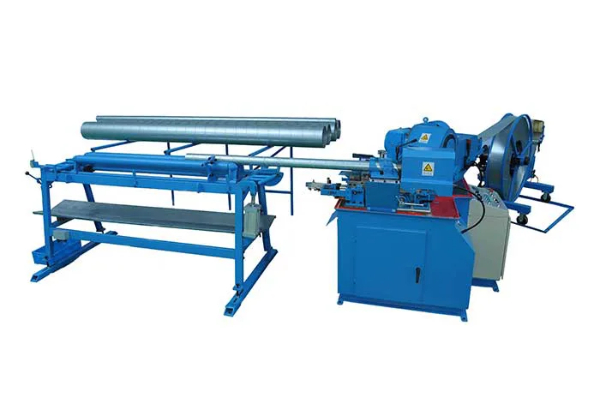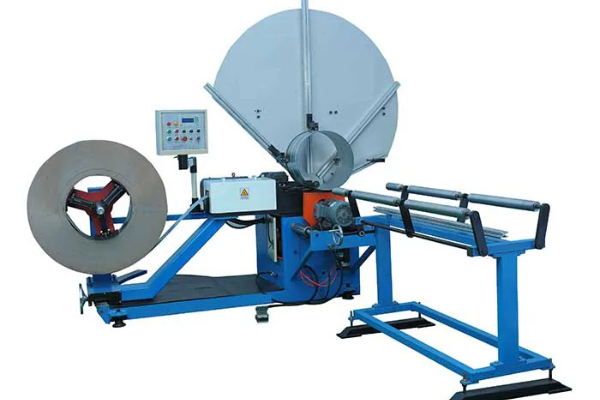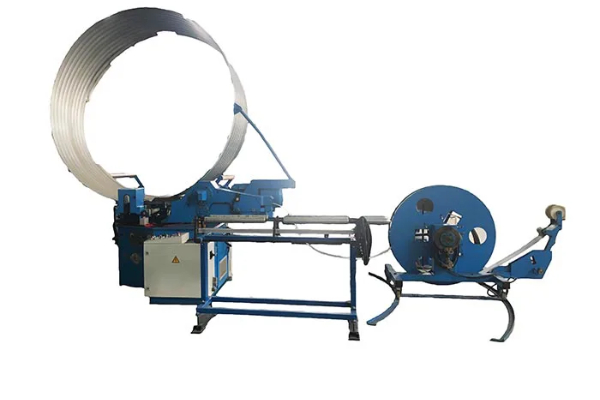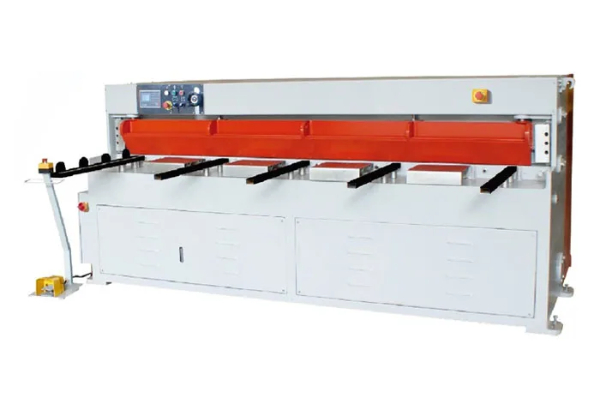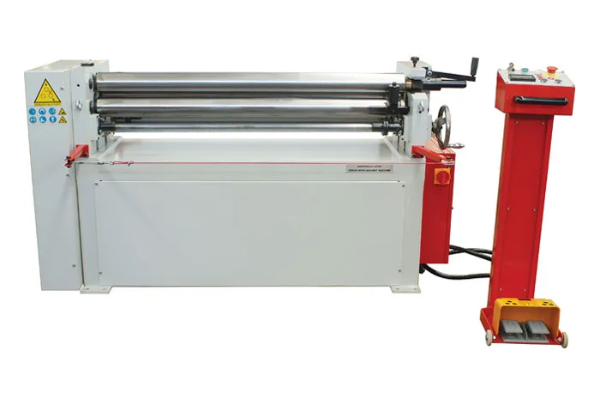
Retrofitting Old Metal Plate Bending Machines
- By:Metmac
- 2024-07-04
- 84
Retrofitting Old Metal Plate Bending Machines: A New Lease of Life for Industrial Workhorses
In the heart of industrial manufacturing, metal plate bending machines have long been the backbone of countless production lines. These colossal machines have commanded respect for their unparalleled ability to shape and form metal into intricate components, enabling the creation of everything from automotive parts to architectural structures. However, as time marches on, the relentless toll of industrial wear and tear can diminish the effectiveness of even the most formidable machines.
Enter the concept of retrofitting, a modern-day rejuvenation process that breathes new life into aging equipment. When applied to metal plate bending machines, retrofitting entails a comprehensive overhaul that transforms these workhorses into sleek, efficient, and future-ready powerhouses.
Modernizing Control Systems:
The advent of computerized numerical control (CNC) systems has revolutionized the operation of metal plate bending machines. By integrating CNC technology, operators can now program intricate bending patterns with unprecedented precision and accuracy. Retrofitting old machines with CNC systems unlocks a world of possibilities, reducing setup times, minimizing material waste, and boosting productivity.
Upgrading Hydraulics:
The hydraulic systems that power metal plate bending machines are often subject to harsh operating conditions. Over time, leaks, corrosion, and loss of efficiency can hinder performance. By retrofitting with modern hydraulic components, such as high-performance pumps and valves, the machine’s responsiveness and accuracy are restored, ensuring consistent bending quality.
Enhancing Safety Features:
Safety is paramount in any industrial environment. Retrofitting old metal plate bending machines with state-of-the-art safety devices, such as laser sensors and proximity switches, minimizes the risk of operator injury. By integrating modern safety technologies, employers can create a more secure and compliant work space.
Adding Automation Capabilities:
To meet the demands of modern manufacturing, retrofitting can incorporate automation capabilities into metal plate bending machines. Robotics, conveyors, and automated handling systems seamlessly integrate with the machine, reducing labor costs, improving throughput, and minimizing human error.
Embracing IoT and Remote Monitoring:
The Internet of Things (IoT) has transformed the way industrial equipment is managed. By connecting metal plate bending machines to IoT networks, operators can remotely monitor performance, identify potential issues, and optimize processes. This real-time data analysis empowers manufacturers with actionable insights, leading to increased uptime and reduced maintenance costs.
Conclusion:
Retrofitting old metal plate bending machines is not merely an act of restoration but a strategic investment in the future of manufacturing. By embracing modern technologies and embracing innovation, manufacturers can revitalize their aging machines, unlock new capabilities, and stay ahead of the competitive curve. Retrofitting rejuvenates industrial workhorses, providing a sustainable and cost-effective solution that extends the lifespan of these indispensable assets and empowers businesses to achieve new heights of productivity and efficiency.
-
Advanced Duct Machine AC and Fabrication Solutions from Metmac
2025/07/12 -
The Advantages of Using a Sheet Roll Forming Machine in Manufacturing
2024/09/14 -
How to Optimize Your Laser Sheet Cutting Machine for Maximum Performance
2024/09/12 -
How to Maximize Efficiency with Modern Sheet Metal Working Machines
2024/09/04
-
High-Precision Duct Forming, Cutting, and Bending Machines by Metmac
2025/07/12 -
Efficient Duct Board Cutter and HVAC Duct Machines for Sale by Metmac
2025/07/12 -
Efficient Laser Cutting Machines for Steel Plate and Sheet Metal Fabrication
2025/07/03 -
Versatile Sheet Metal Machinery for Precision Fabrication
2025/07/03
-
A Guide to the Latest Innovations in Sheet Metal Folding Machines
2024/11/29 -
Key Features to Consider When Investing in a Sheet Metal Folding Machine
2024/11/28 -
Enhancing Precision with Advanced Sheet Metal Folding Machines
2024/11/27 -
How to Choose the Right Sheet Metal Folding Machine for Your Workshop
2024/11/26
